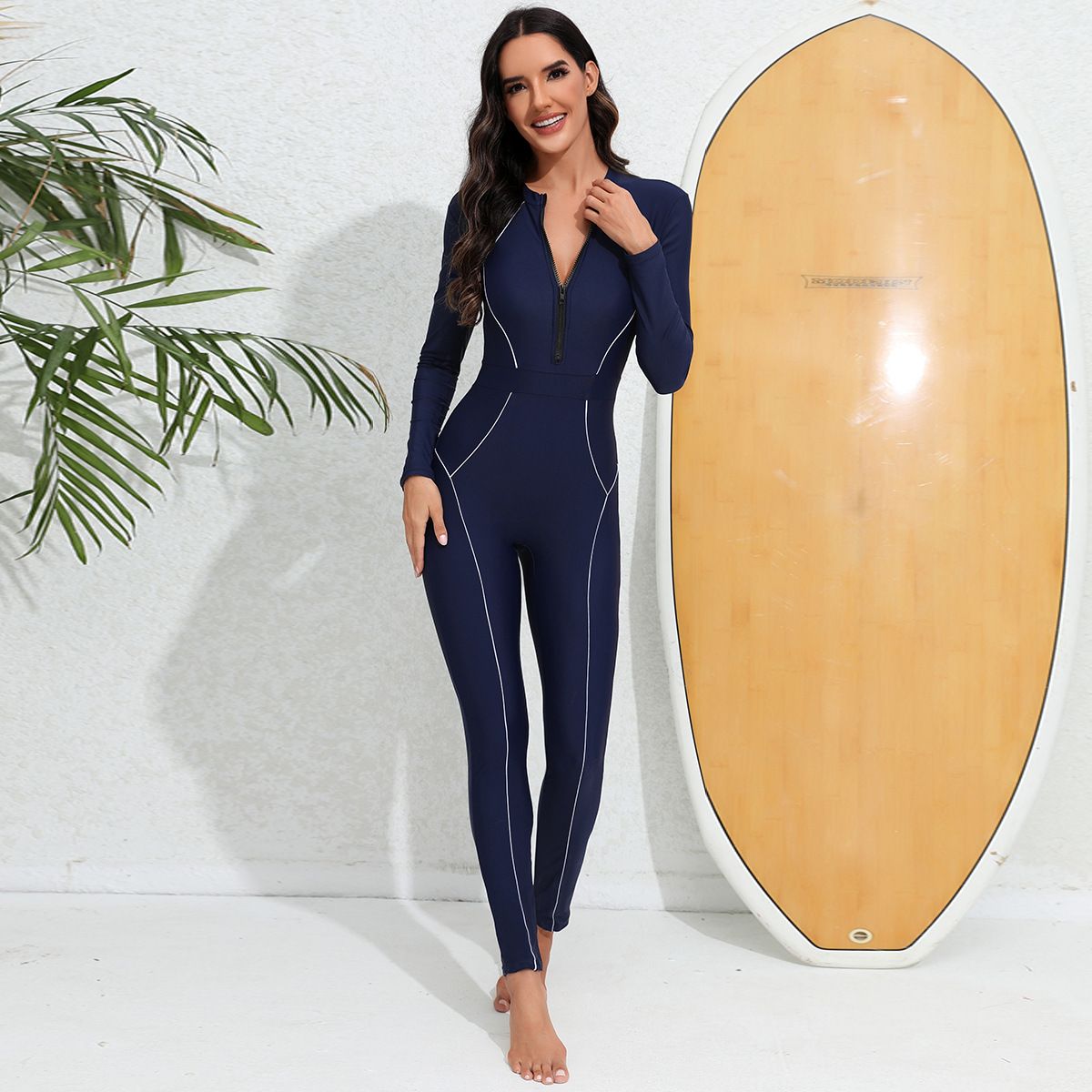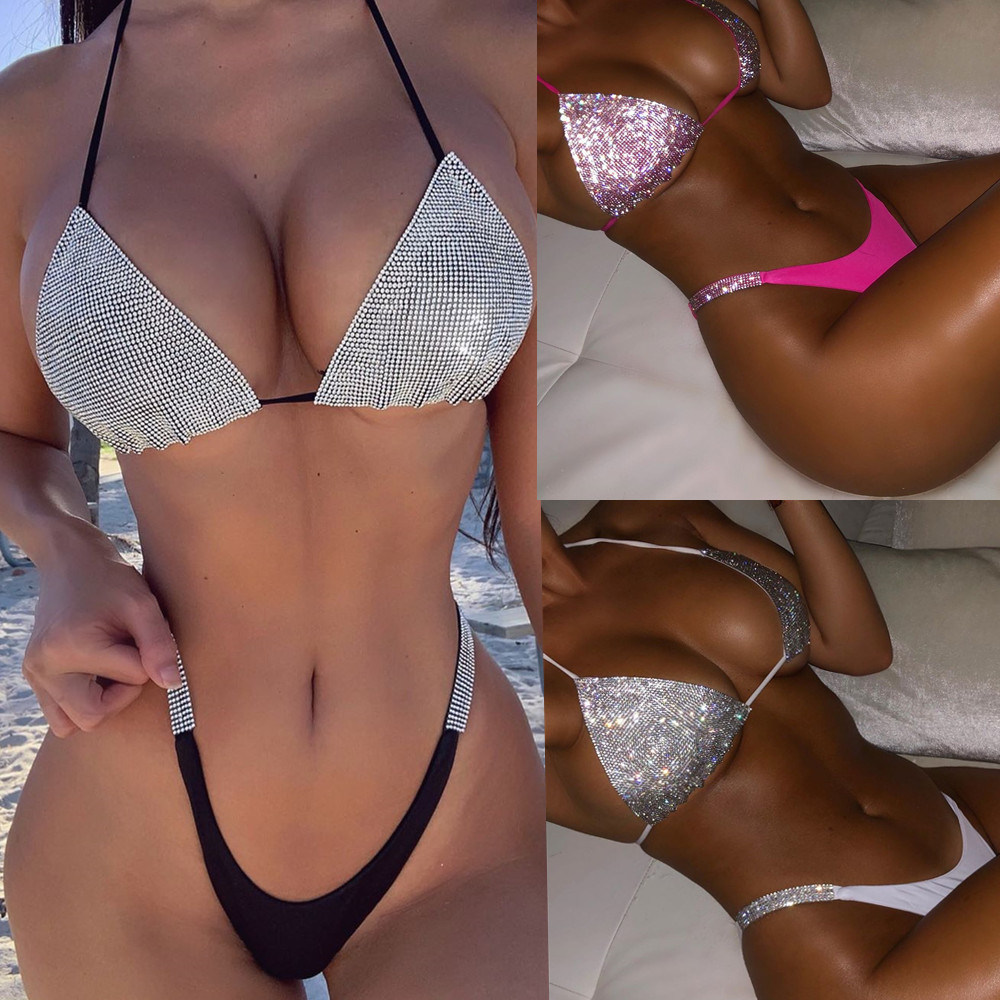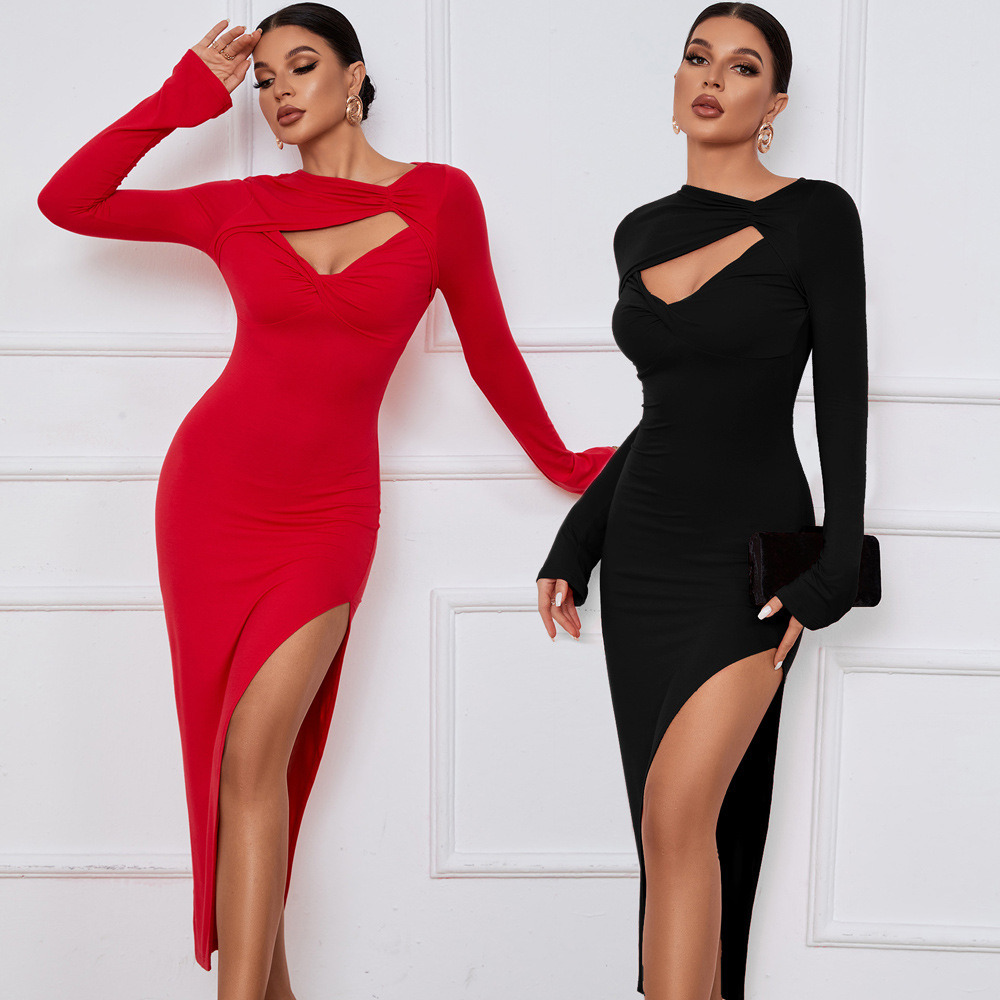The sportswear and swimwear industries are undergoing a revolutionary transformation, driven by cutting-edge technologies, evolving consumer preferences, and a growing emphasis on sustainability. From fabrics that push the boundaries of performance to designs that seamlessly blend function with fashion, the future of athletic apparel is here – and it’s more exciting than ever.
In this blog post, we’ll explore the top trends shaping sportswear and swimwear in 2025. We’ll delve into innovative fabric technologies, examine the latest design trends, and uncover how functionality and fashion are merging in unprecedented ways. We’ll also look at the rise of personalization, the impact of sustainability on consumer choices, the integration of health and wellness features, and the cultural influences driving these changes. So, gear up and get ready to discover how these trends are not just meeting but exceeding customer demands in the world of sports and swim apparel.
Innovative Fabric Technologies
Smart textiles for performance enhancement
Smart textiles are revolutionizing the sportswear and swimwear industry, offering athletes and fitness enthusiasts unprecedented performance advantages. These high-tech fabrics incorporate cutting-edge technologies to enhance various aspects of physical activity.
| Smart Textile Feature | Performance Benefit |
|---|---|
| Moisture-wicking | Keeps skin dry and comfortable |
| Compression | Improves blood circulation and reduces muscle fatigue |
| UV protection | Shields skin from harmful sun rays |
| Antimicrobial | Prevents odor-causing bacteria growth |
Eco-friendly materials driving sustainability
The demand for sustainable sportswear and swimwear continues to grow, prompting manufacturers to innovate with eco-friendly materials:
-
Recycled polyester from plastic bottles
-
Organic cotton grown without harmful pesticides
-
Bamboo fabric known for its natural antimicrobial properties
-
Tencel lyocell derived from sustainably sourced wood pulp
Temperature-regulating fabrics for all-season comfort
Advancements in fabric technology now allow for temperature regulation, ensuring comfort in various weather conditions:
-
Phase-change materials (PCMs) that absorb or release heat
-
Breathable membranes that allow moisture vapor to escape
-
Thermal insulation layers for cold-weather performance
Ultra-lightweight materials for improved agility
The pursuit of enhanced agility has led to the development of ultra-lightweight materials in sportswear and swimwear:
-
Microfiber fabrics that offer strength without bulk
-
Seamless construction techniques to reduce weight
-
Aerodynamic designs that minimize drag during movement
These innovative fabric technologies are reshaping the sportswear and swimwear landscape, offering consumers products that not only look great but also significantly improve their performance and comfort.
Cutting-Edge Design Trends
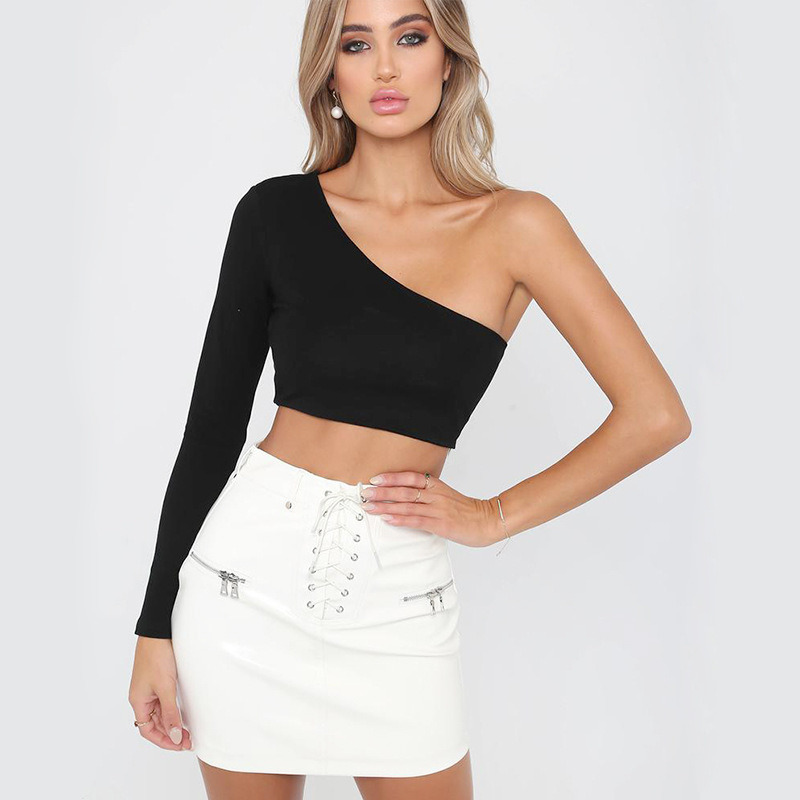
Retro-futuristic aesthetics in sportswear
The fusion of nostalgic elements with futuristic designs is taking the sportswear industry by storm. Brands are reimagining classic silhouettes with modern materials and cutting-edge technology, creating a unique retro-futuristic aesthetic that appeals to both nostalgia-driven consumers and tech-savvy athletes.
Minimalist swimwear designs for versatility
Simplicity reigns supreme in swimwear, with clean lines and versatile pieces dominating the market. These minimalist designs offer functionality beyond the beach, seamlessly transitioning from swimwear to streetwear.
| Minimalist Swimwear Trends | Benefits |
|---|---|
| Monochrome color schemes | Timeless appeal, easy matching |
| Sleek, streamlined cuts | Flattering fit, reduced drag |
| Multifunctional pieces | Versatility, cost-effectiveness |
Adaptive clothing for inclusive fitness
Inclusivity is at the forefront of sportswear innovation, with brands developing adaptive clothing that caters to diverse body types and abilities. These designs ensure that everyone can participate in fitness activities comfortably and confidently.
Modular sportswear for customizable looks
Customization reaches new heights with modular sportswear, allowing wearers to mix and match components for personalized style and functionality. This trend caters to the growing demand for versatile, adaptable clothing that suits various activities and preferences.
Tech-inspired patterns and prints
Digital aesthetics are making their way onto sportswear and swimwear, with tech-inspired patterns and prints becoming increasingly popular. These designs include:
-
Circuit board motifs
-
Binary code patterns
-
Glitch-art inspired graphics
-
LED-like color gradients
These cutting-edge design trends reflect the evolving preferences of consumers who seek both style and functionality in their sportswear and swimwear. As we move forward, we’ll explore how these design innovations intersect with practical functionality to create the ultimate performance-driven apparel.
Functionality Meets Fashion
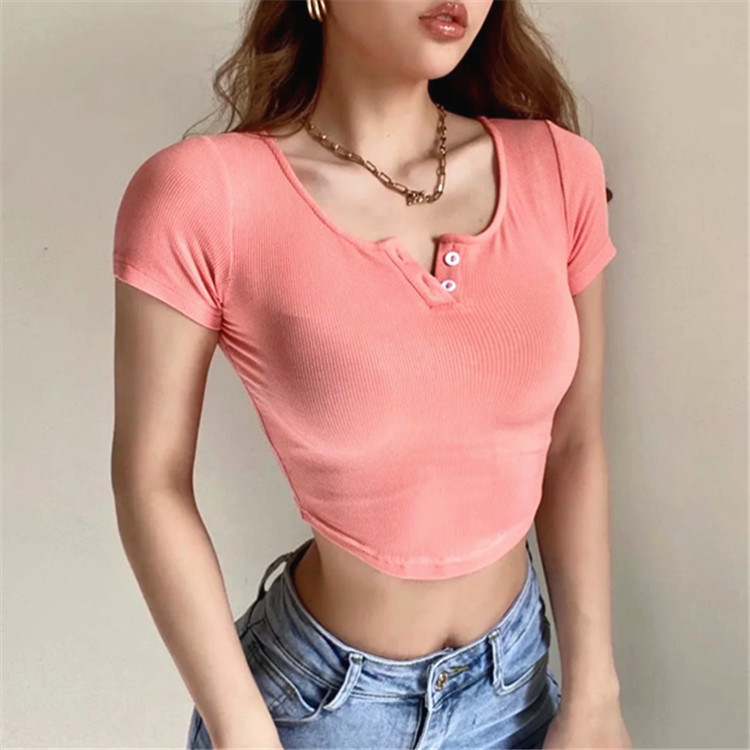
Multifunctional sportswear for diverse activities
As sportswear continues to evolve, the line between fashion and function blurs even further. Multifunctional sportswear is designed to adapt seamlessly to various activities, making it a must-have for the active consumer in 2025. These versatile pieces offer:
-
Moisture-wicking properties
-
Quick-drying fabrics
-
UV protection
-
Temperature regulation
| Feature | Benefit |
|---|---|
| Convertible designs | Adapt to different activities |
| Layering systems | Suitable for multiple climates |
| Modular components | Customize for specific needs |
Stylish compression wear for recovery and performance
Compression wear has transcended its utilitarian roots to become a fashion statement. In 2025, expect to see:
-
Bold patterns and vibrant colors
-
Seamless integration with everyday outfits
-
Enhanced muscle support and circulation
Athleisure-inspired swimwear for beach-to-street transitions
The athleisure trend extends to swimwear, offering pieces that transition effortlessly from the beach to casual outings. Key features include:
-
Quick-drying, chlorine-resistant fabrics
-
UV protection for extended outdoor wear
-
Stylish cuts that double as activewear
Smart accessories integrating wearable technology
Wearable tech is no longer limited to watches and bands. In 2025, sportswear and swimwear accessories will incorporate:
-
Built-in heart rate monitors
-
GPS tracking capabilities
-
Performance metrics displays
These innovations ensure that functionality and fashion go hand-in-hand, meeting the demands of style-conscious, active consumers. As we move forward, we’ll explore how personalization and customization are reshaping the sportswear and swimwear landscape.
Personalization and Customization
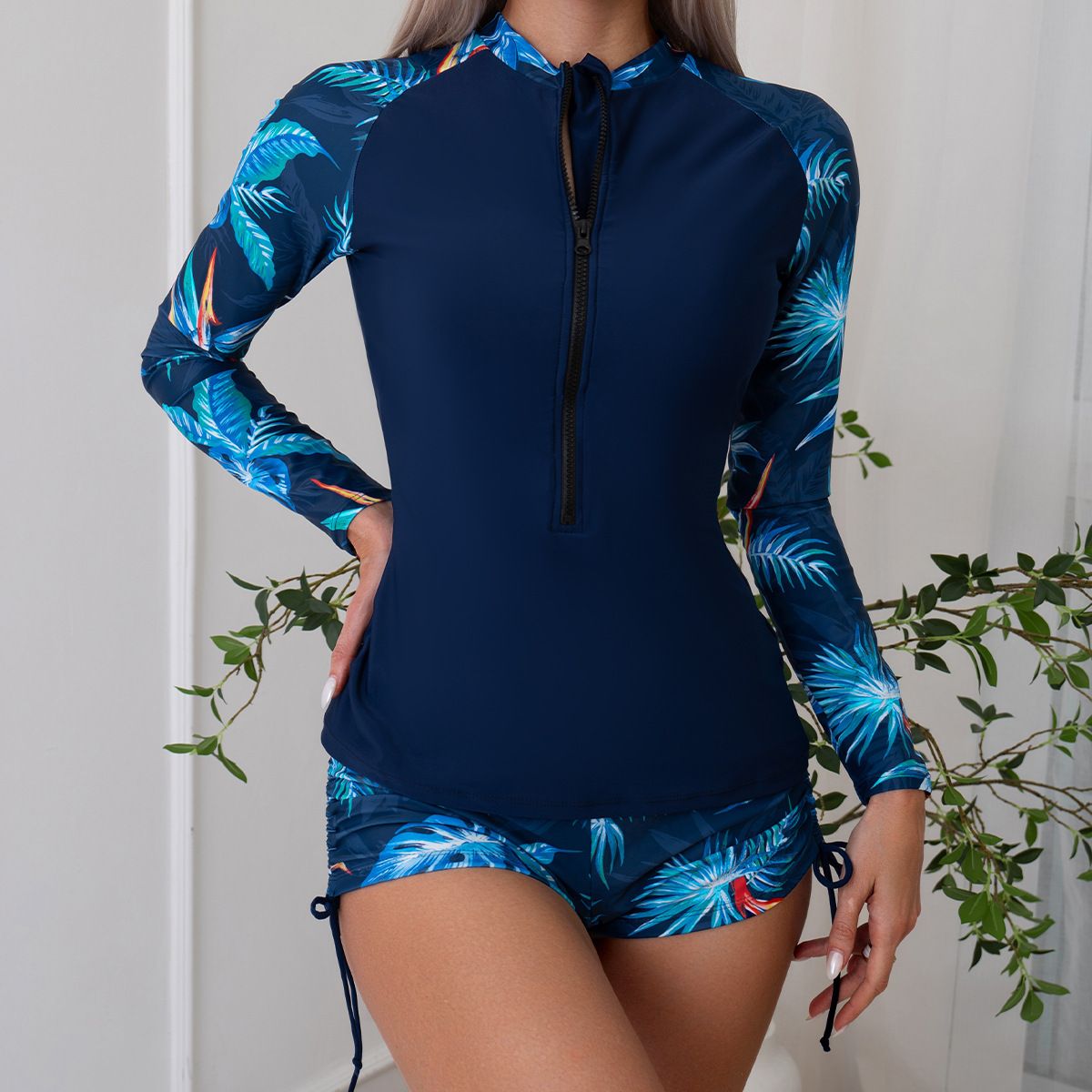
3D-printed sportswear for perfect fit
The future of sportswear and swimwear lies in personalized perfection, and 3D printing technology is at the forefront of this revolution. By utilizing advanced 3D scanning and printing techniques, manufacturers can create garments that conform precisely to an individual’s body shape and measurements. This level of customization ensures unparalleled comfort and performance for athletes and casual wearers alike.
| Benefits of 3D-printed sportswear |
|---|
| Perfect fit |
| Enhanced performance |
| Reduced material waste |
| Faster production time |
AI-powered design recommendations
Artificial Intelligence is transforming the way consumers shop for sportswear and swimwear. AI algorithms analyze personal preferences, body types, and activity levels to suggest tailored designs that best suit each individual. This personalized approach not only enhances customer satisfaction but also streamlines the shopping experience.
-
Customized color schemes
-
Activity-specific fabric recommendations
-
Style suggestions based on body type
-
Trend-based recommendations
On-demand manufacturing for reduced waste
On-demand manufacturing is revolutionizing the sportswear and swimwear industry by producing items only when ordered. This approach significantly reduces overproduction and waste, aligning with growing consumer demand for sustainable practices. Additionally, it allows for greater flexibility in design offerings and quicker response to emerging trends.
Virtual try-on experiences enhancing online shopping
Virtual reality and augmented reality technologies are elevating the online shopping experience for sportswear and swimwear. Customers can now virtually “try on” garments from the comfort of their homes, visualizing how items will look and fit before making a purchase. This innovation not only increases customer confidence but also reduces return rates, benefiting both consumers and retailers.
With these advancements in personalization and customization, the sportswear and swimwear industry is poised to offer unprecedented levels of customer satisfaction and product performance. As we move forward, we’ll explore how sustainability is becoming a driving force in consumer choices, shaping the future of athletic apparel.
Sustainability Driving Consumer Choices

Circular economy initiatives in sportswear production
In the evolving landscape of sportswear and swimwear, circular economy initiatives are taking center stage. Brands are increasingly adopting closed-loop systems, where products are designed, manufactured, and recycled with minimal waste. This approach not only reduces environmental impact but also appeals to eco-conscious consumers.
| Initiative | Description | Impact |
|---|---|---|
| Take-back programs | Brands collect used items for recycling | Reduces landfill waste |
| Recycled polyester | Made from plastic bottles | Decreases reliance on virgin materials |
| Rental services | Temporary use of high-performance gear | Extends product lifecycle |
Upcycled materials in high-performance gear
Innovative sportswear companies are turning waste into wearables, creating high-performance gear from upcycled materials. This trend combines sustainability with cutting-edge technology, offering consumers eco-friendly options without compromising on quality or performance.
-
Ocean plastics transformed into moisture-wicking fabrics
-
Discarded fishing nets repurposed for durable swimwear
-
Industrial waste converted into lightweight, breathable textiles
Water-conserving technologies in swimwear manufacturing
Water conservation is a critical focus in swimwear production. Manufacturers are implementing advanced technologies to minimize water usage and reduce pollution, aligning with consumer demands for more sustainable practices.
Biodegradable sportswear options
The rise of biodegradable sportswear represents a significant shift towards reducing long-term environmental impact. These innovative products are designed to decompose naturally at the end of their lifecycle, offering a solution to the growing problem of textile waste in landfills.
Now that we’ve explored sustainability trends, let’s examine how health and wellness integration is shaping the sportswear and swimwear industry.
Health and Wellness Integration
Biometric-tracking sportswear for fitness monitoring
In 2025, biometric-tracking sportswear is revolutionizing how athletes and fitness enthusiasts monitor their performance. These high-tech garments seamlessly integrate sensors that capture real-time data on heart rate, muscle activity, and even hydration levels. Brands are incorporating flexible, washable electronics into fabrics, allowing for comfort without compromising accuracy.
| Feature | Benefit |
|---|---|
| Heart rate monitoring | Optimizes training intensity |
| Muscle activity tracking | Improves form and prevents injury |
| Hydration sensing | Ensures proper fluid balance |
| Temperature regulation | Maintains optimal body temperature |
UV-protective swimwear for skin health
As awareness of skin health grows, UV-protective swimwear is becoming a must-have. These innovative designs go beyond traditional sunscreen, offering built-in SPF protection that doesn’t wash off in water. Manufacturers are using advanced fabrics that block harmful UVA and UVB rays while remaining lightweight and quick-drying.
Posture-correcting designs in activewear
Posture-correcting sportswear is addressing the growing concern of sedentary lifestyles. These garments use strategically placed compression zones and supportive panels to encourage proper alignment during workouts and daily activities. Benefits include:
-
Reduced back pain
-
Improved breathing
-
Enhanced core engagement
-
Better overall athletic performance
Mental well-being focused sportswear features
Recognizing the link between physical and mental health, sportswear brands are incorporating features designed to promote mental well-being. This includes:
-
Stress-reducing fabrics infused with calming scents
-
Color psychology in design to boost mood
-
Noise-cancelling properties in headwear for meditation
-
Tactile elements for grounding and focus during high-stress activities
These innovations reflect the holistic approach to health that consumers are seeking in their sportswear and swimwear choices.
Cultural and Social Influences
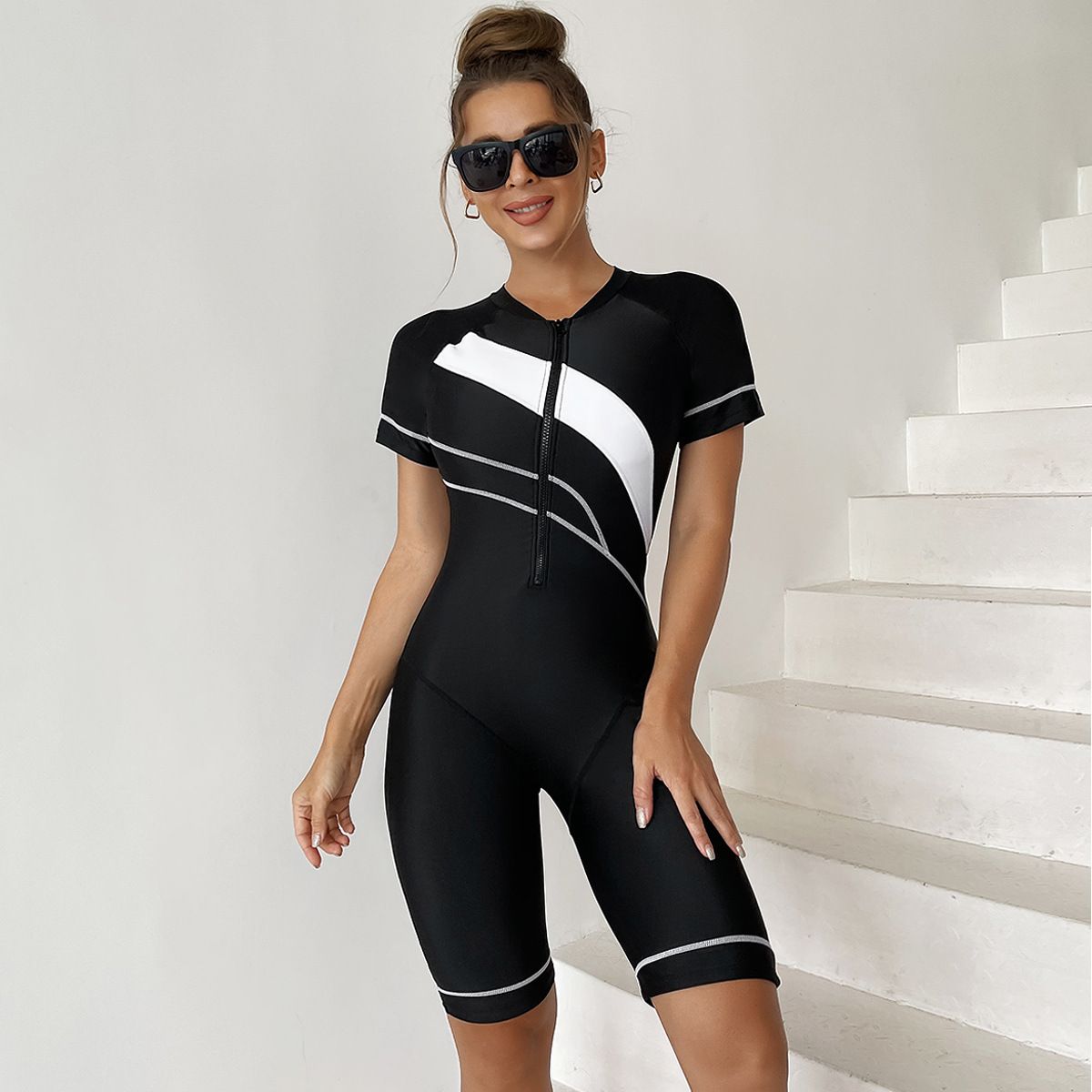
Inclusive sizing and representation in marketing
As the sportswear and swimwear industry evolves, inclusivity has become a driving force in shaping consumer demand. Brands are now recognizing the importance of catering to diverse body types and representing a wide range of individuals in their marketing campaigns.
| Inclusive Sizing Benefits | Impact on Consumer Demand |
|---|---|
| Wider customer base | Increased brand loyalty |
| Improved brand image | Higher customer satisfaction |
| Enhanced product range | Expanded market share |
Sportswear inspired by global athletic events
Major sporting events continue to influence sportswear trends, with designers drawing inspiration from international competitions and cultural elements. This approach creates a unique blend of performance and style that resonates with consumers worldwide.
Social media-driven micro-trends in swimwear
The rapid pace of social media has given rise to micro-trends in swimwear, with styles gaining popularity quickly:
-
Asymmetrical designs
-
Cut-out details
-
High-waisted bottoms
-
Retro-inspired prints
Collaborations with influencers and athletes
Partnerships between sportswear brands and influential figures have become a powerful tool for driving customer demand. These collaborations often result in limited-edition collections that combine the latest trends with the personal style of the collaborator.
Gender-neutral designs gaining popularity
The shift towards gender-neutral sportswear and swimwear reflects changing societal attitudes and a growing demand for versatile, inclusive clothing options. This trend emphasizes comfort, functionality, and style without conforming to traditional gender norms.
Sportswear and swimwear trends for 2025 are set to revolutionize the industry, blending cutting-edge technology with fashion-forward designs. From innovative fabrics that enhance performance to personalized garments that cater to individual preferences, consumers can expect a new era of functional and stylish activewear. Sustainability remains at the forefront, with eco-friendly materials and production methods becoming increasingly important to environmentally conscious shoppers.
As the lines between fashion, technology, and wellness continue to blur, sportswear and swimwear are evolving to meet the diverse needs of modern consumers. Whether it’s smart fabrics that monitor health metrics or culturally inspired designs that celebrate diversity, the future of activewear is bright and exciting. Brands that embrace these trends and prioritize innovation, sustainability, and personalization will likely see increased customer demand and success in the competitive sportswear and swimwear market of 2025.

